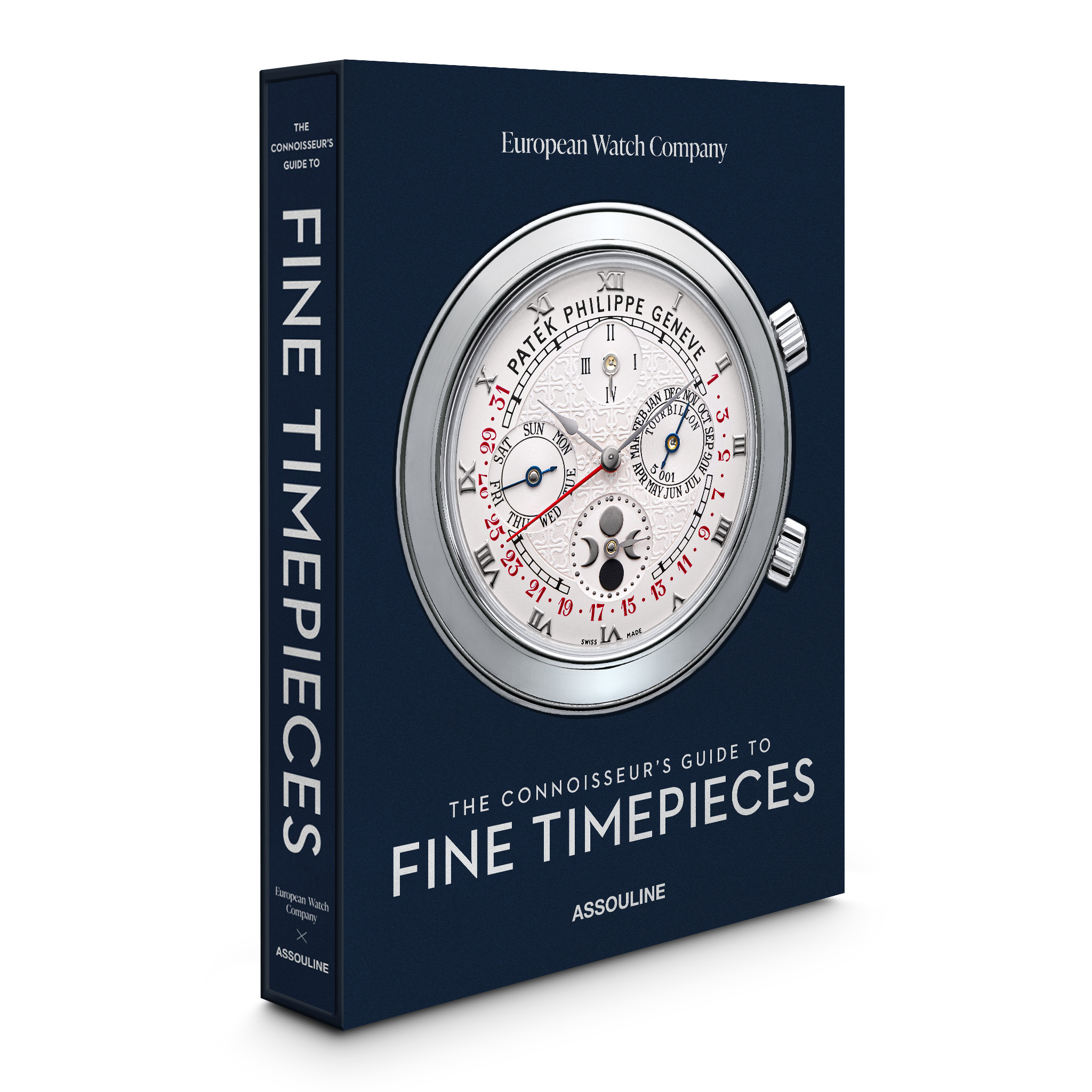Why A Patek Philippe Grand Complication Is ‘The Ultimate Watch Acquisition’
“A Patek Philippe Grand Complication epitomizes timeless elegance, class, and sophistication.”
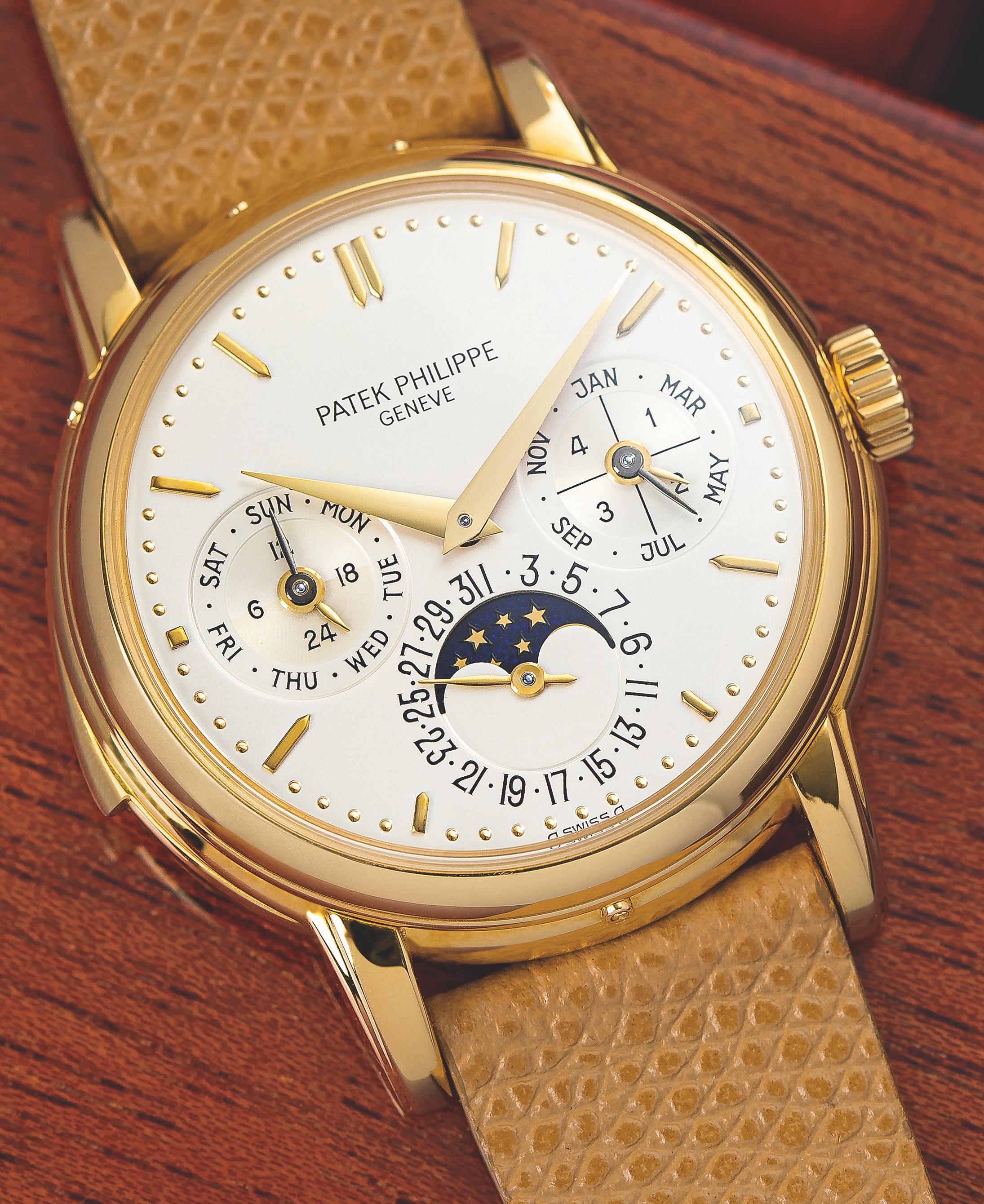
Many have put skin in the vintage watch game since the highly collectable category began trending upward at the decade’s onset. However, there’s a major difference between a quick cash-seeking opportunist and a legitimate connoisseur. While the former hoped (and likely failed) to get in on the ground floor of the booming sector, the latter was there long before any trends had materialized. Among those connoisseurs is Albert Ganjei, CEO of Boston-based retailer European Watch Company (EWC) and subject of Assouline’s latest timepiece tome, The Connoisseur’s Guide to Fine Timepieces.
“I always made the decision to not follow fashion and to avoid trends,” says Ganjei, “remaining devoted to exquisite design and timeless craftsmanship by the most prestigious manufacturers.”
Ganjei’s introduction to watch collecting came after he’d earned a civil engineering degree in his native Tehran, Iran and began working his first post-college job in the 1970s. His boss’s taste for fine fashionable watches proved massively influential; one of Ganjei’s very first baubles was a two-tone Rolex Air King, just like the one his boss owned. His horological interest continued to grow after he moved to the United States, where he earned another degree in computer engineering and landed a position as a scientist at Computervision, a now-defunct company that pioneered Computer Aided Design (CAD).
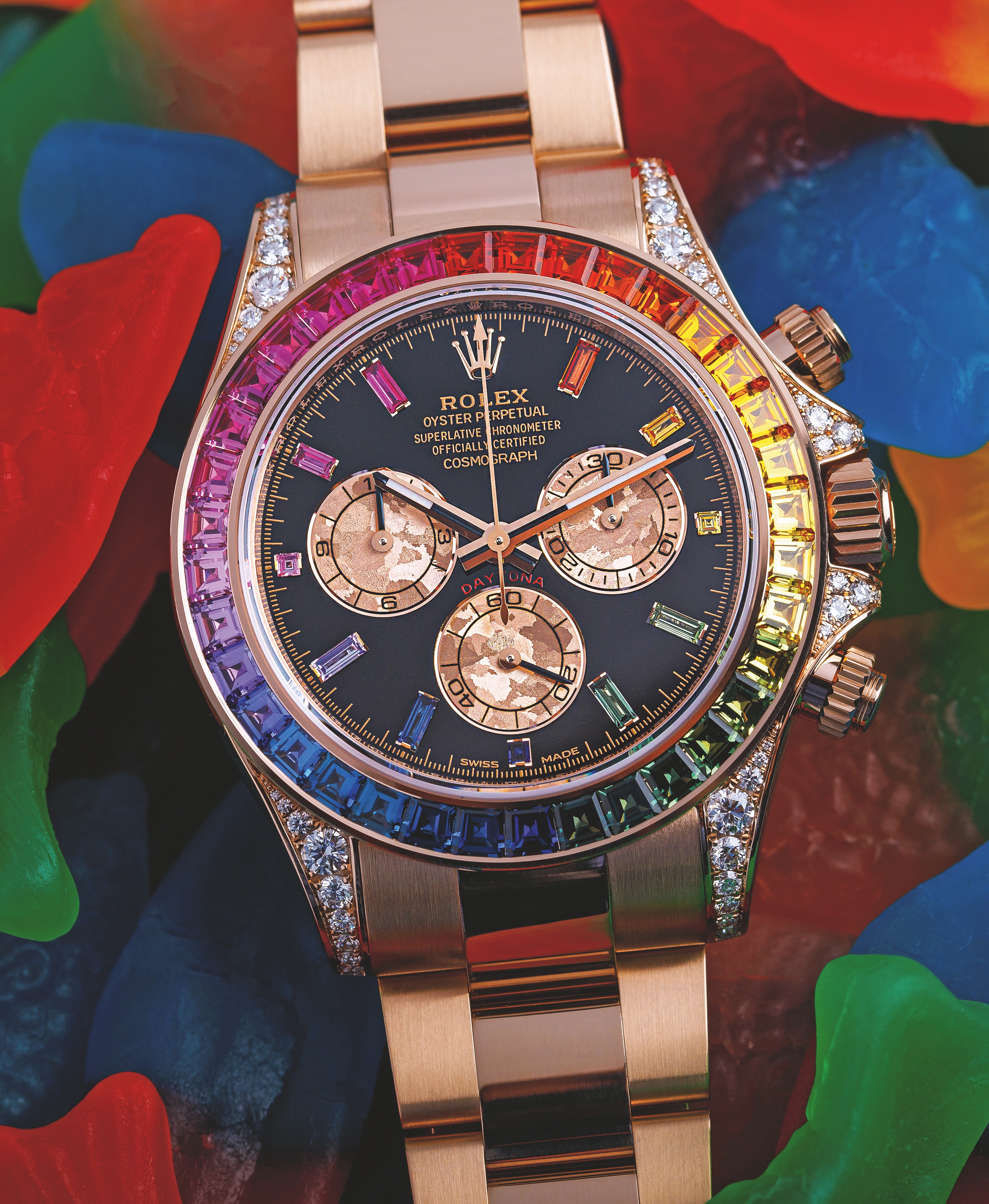
This time is integral to EWC’s story, as the job took Ganjei to watch hubs worldwide, including Switzerland and Paris. A particularly pivotal jaunt to New York placed Ganjei at the Jewelers of America trade show, where he first encountered Jacque Edho fashion watches. Ganjei started a side hustle selling six-figure timepieces made by the now-defunct brand, which eventually led to the opening of his first showroom on 164 Newbury Street, Boston, Massachusetts in 1993.
While Ganjei was well over a decade into his watch collecting journey, “Second-hand watches were more likely to be found in the lining of a shady street-seller’s overcoat than a five-star showroom,” the forward to the book explains.”Those showrooms, meanwhile, were often old-school jewelers, many run by second- or third-generation family members for whom fine watches were often a means to an end rather than a source of inspiration.”
Shortly after Ganjei began dealing watches, he left Computervision to focus on his nascent business. He gradually acquired brilliantly bejeweled references from Cartier and Rolex, as well as Patek Philippe and Audemars Piguet’s grandes complications—superlatively complex (and expensive) watches that combine several functions, e.g. chronographs, perpetual calendars, and skycharts. The uptick in demand for Ganjei’s products continued, so he moved farther up Newbury Street and opened the first showroom that bore the name “European Watch Company.”
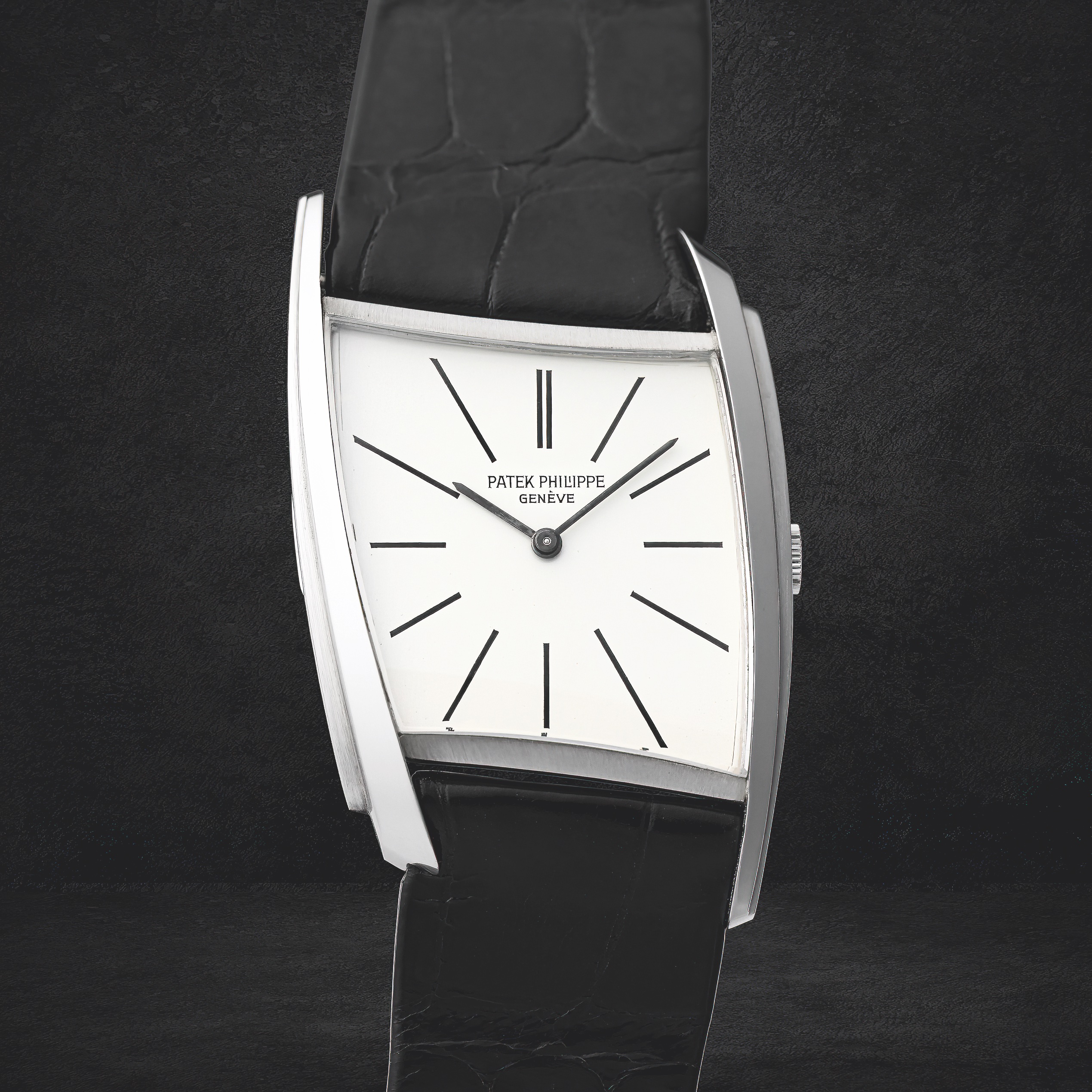
His computer-engineering prowess came in handy when he wrote the code for European Watch Company’s website, which innovatively refreshed whenever a watch was sold, ensuring that online shoppers saw the most current reflection of EWC’s inventory—the same code is still used today.
EWC became a family affair when Gajei’s son, Joshua Ganjei, joined the business in 2011. The younger Ganjei, who now serves as CEO, possesses an almost savant-level ability to assimilate watch names, references, calibers, prices and provenance. With two Ganjeis aboard and a 25-person staff, EWC most recently moved to its third Newbury Street location, where top prices have now surpassed $3 million.
“Over the past three decades, the watch market has transformed dramatically,” Joshua says. “With booming interest and heightened awareness, fueled by brand advertising and the rise of the internet, the launch of Instagram was a game-changer. Today, once-hidden timepieces are showcased globally, turning personal collections into celebrated works of art.”
EWC’s ticking treasures are covetable enough to make collectors gawk but beautiful enough to make the uninformed fixate. There’s the famously asymmetrical Cartier Crash, 1991 Edition, a king-sized contorted ode to London’s Swinging Sixties. The model was originally limited to just a few dozen examples that were only available at Cartier’s London boutique through the late 1960s and early 1970s, but even these one-of-400 1990s-era reissues have approached $1 million sale prices at auction, per Revolution Watch.
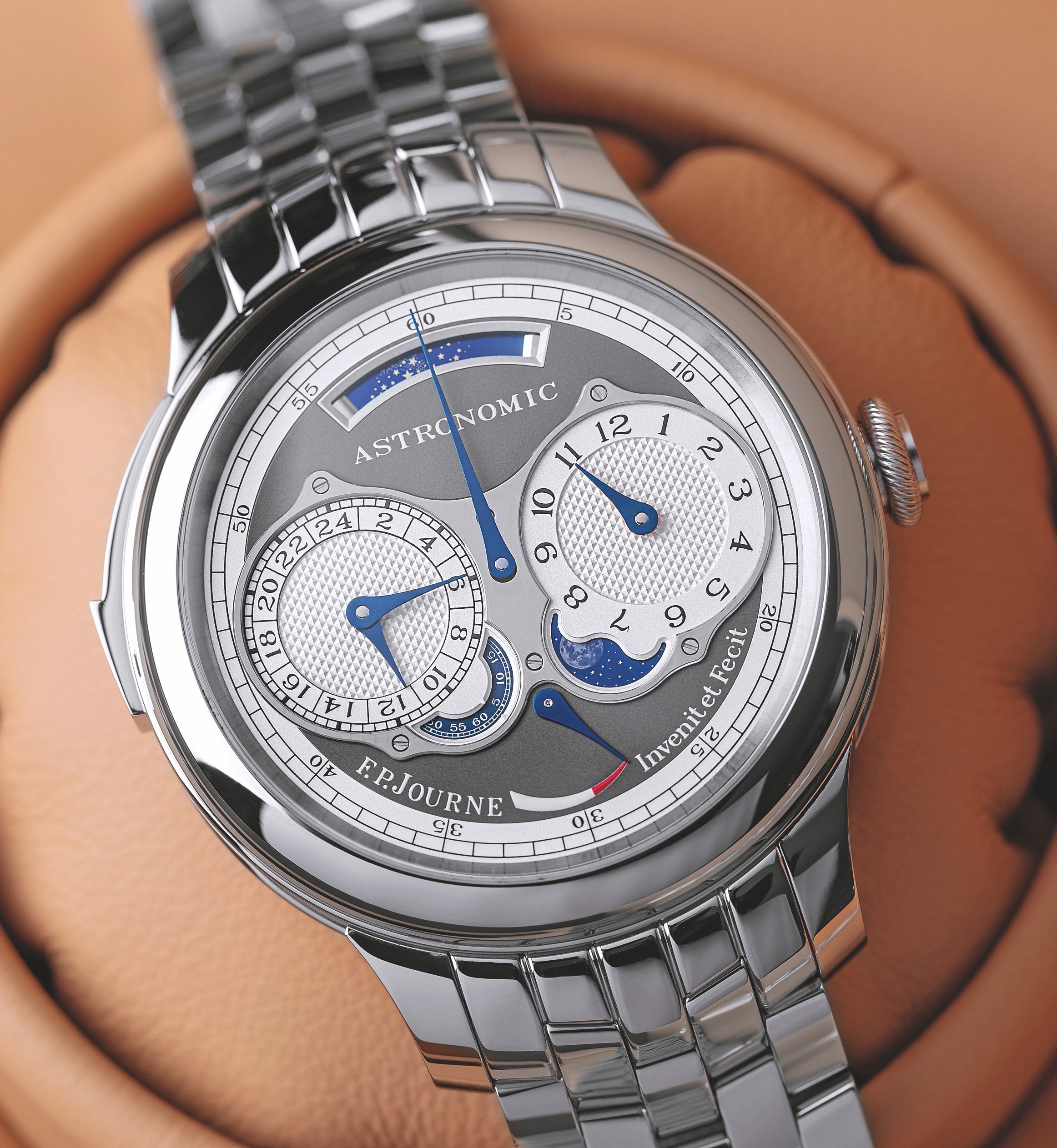
Several F.P. Journe references are featured, including a 2019 Astronomic Souveraine Grande Complication, which boasts a whopping 18 complications like a sunrise/sunset indicator, annual calendar, and star position-tracking sidereal time. Rolex also gets lots of love, with the Swiss watchmaker’s section led off by a dazzlingly ornate Daytona Ref. 116595RBOW that features no less than 36 multi-colored sapphires set on its bezel and 56 white diamonds on its lugs.
“A Rolex sport model, such as a Submariner or Daytona, is considered a staple in a gentleman’s everyday wear due to its versatility and long-term value retention,” Joshua adds. “Rolex stands out as one of the most impressive brands historically, consistently excelling in its offerings. Including a classic dress watch in one’s collection—something suitable for wearing with a dress shirt—provides a well-rounded selection when paired with a Rolex.”
But the watchmaker that populates the largest number of pages is Patek Philippe. Not so coincidentally, Joshua’s favorite of the bunch is his personal Patek Philippe Grand Complication Minute Repeater Perpetual Calendar, Ref. 3974J.
“Among my collection, my favorite piece from the Connoisseur’s Guide is the 3974. This watch, a perpetual calendar minute repeater, was my holy grail,” he says. “It remains securely stored in my safe. In my opinion, the ultimate acquisition should be a Patek Philippe Grand Complication. This could encompass a perpetual calendar, a perpetual calendar chronograph, or even more intricate mechanisms such as a minute repeater. A Patek Philippe Grand Complication epitomizes timeless elegance, class, and sophistication.”
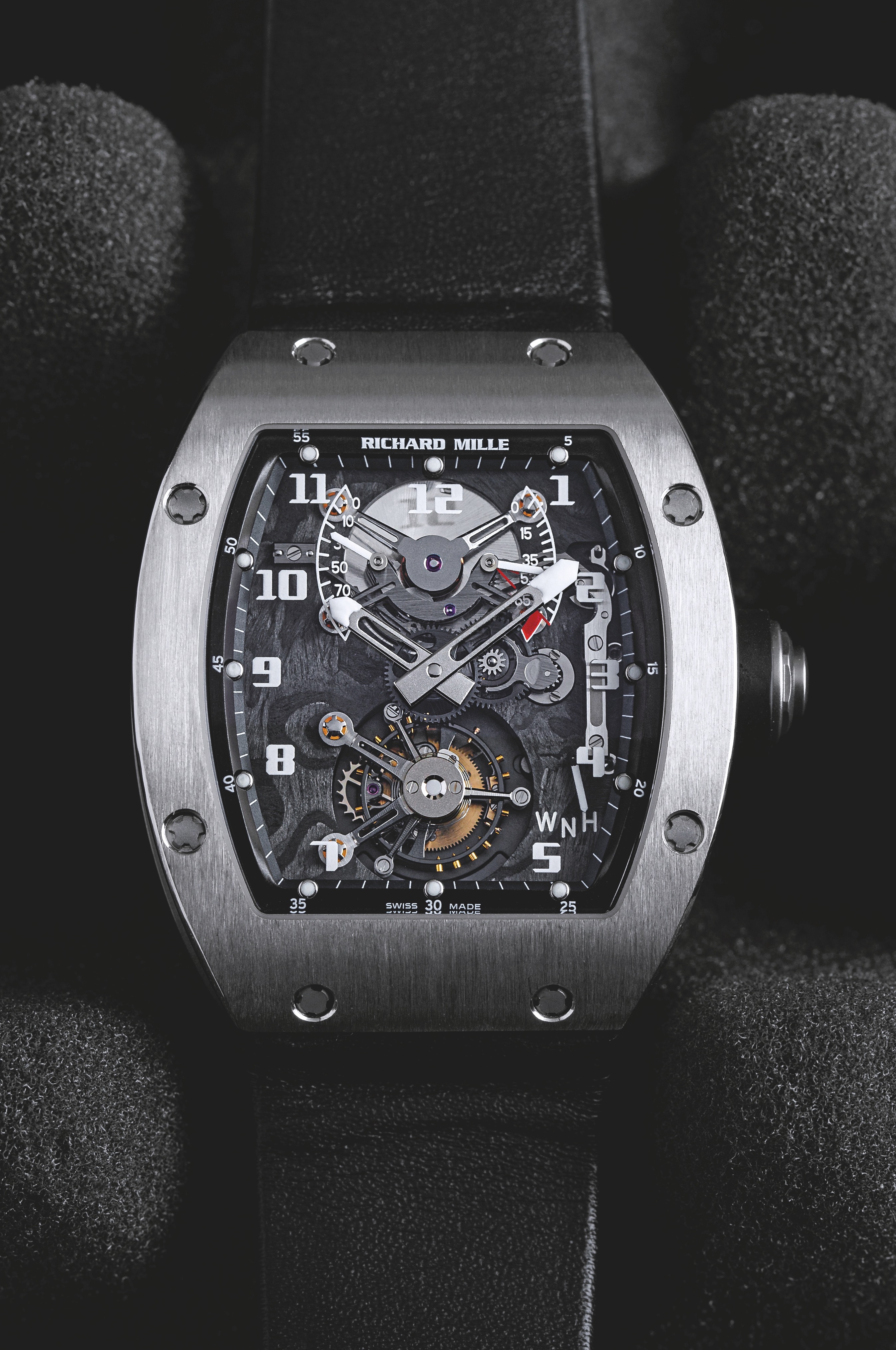
Motivations to spend five, six or seven figures on an accessory will vary, as “people buy
watches for various reasons—celebrating personal milestones, securing long-term investments or
simply reveling in the thrill of acquiring something new and valuable.” If none of those reasons
apply, just adopt the Ganjeis’ simple criteria: “We buy what we like.”
